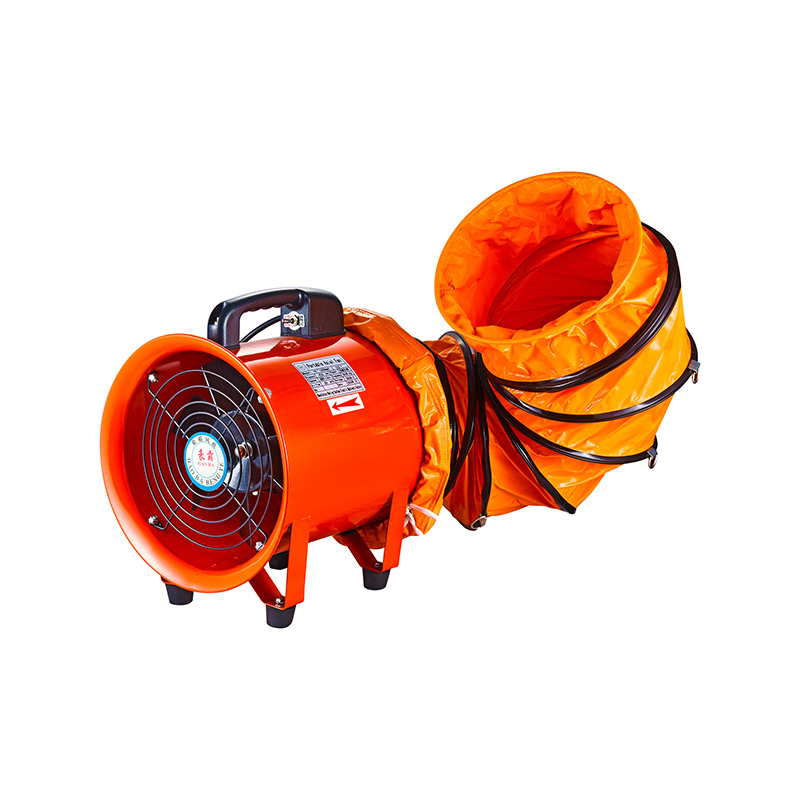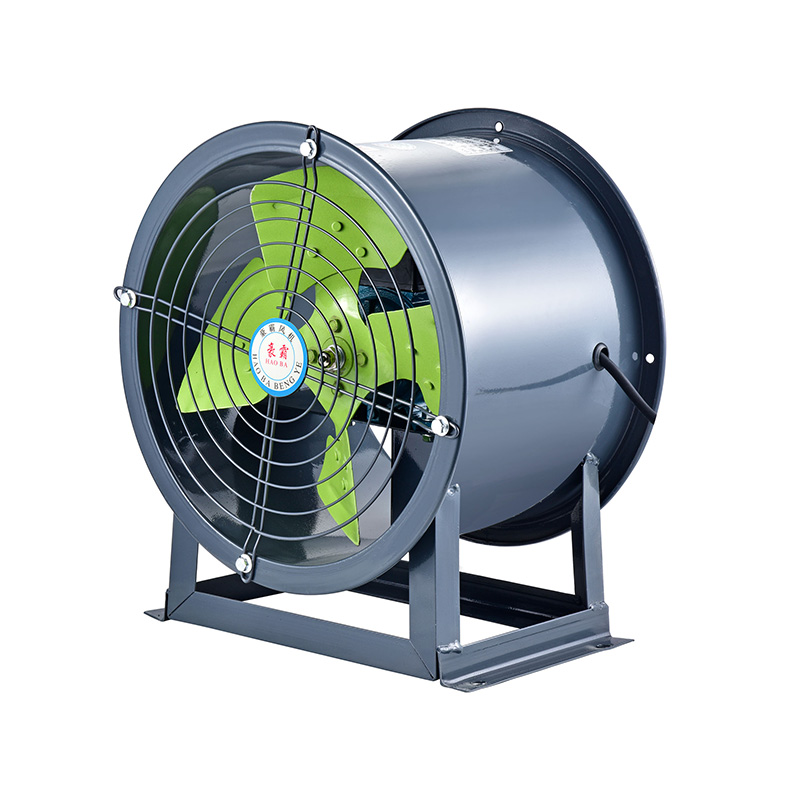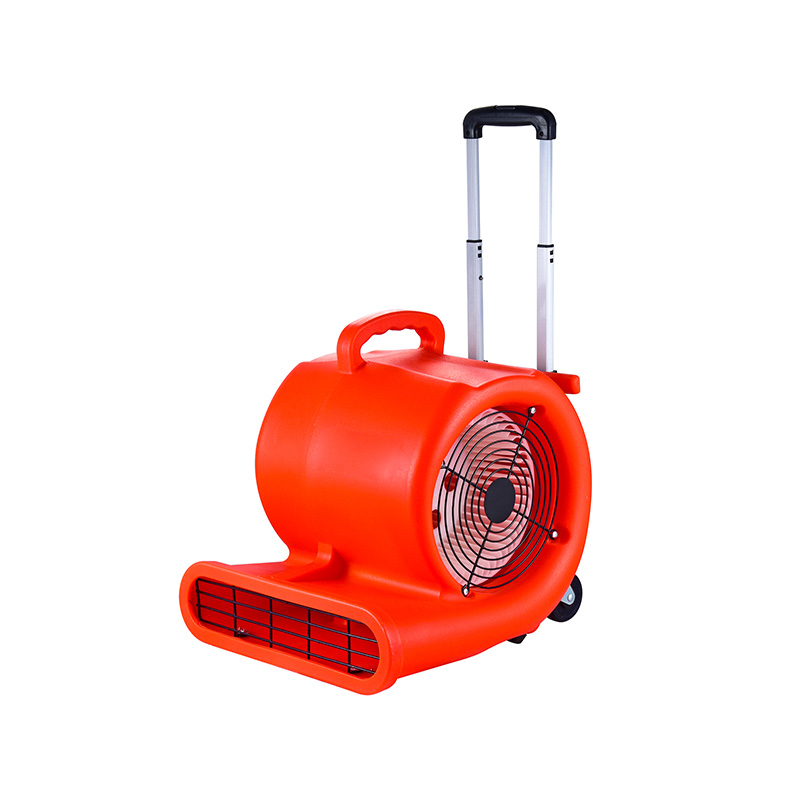Key Features Of Centrifugal Blowers For Industrial Applications
2025-07-08
In industrial environments where reliable airflow and consistent pressure are essential, the centrifugal fan plays a vital role. These fans are commonly used for air handling, material transport, ventilation, and process cooling. While both axial fan and centrifugal fan designs serve specific functions, centrifugal blowers are particularly suited to applications requiring higher pressure, greater stability, and precise control over airflow.

A centrifugal fan works by drawing air into its center and then accelerating it outward using centrifugal force. This design results in increased air pressure, which is why it is commonly selected for tasks that require movement of air through ducts, filters, or long ventilation systems. Compared to an axial fan, which pushes air along its axis like a propeller, a centrifugal fan redirects the airflow by 90 degrees, offering better control and pressure performance. This difference is particularly important in industrial settings where a high pressure industrial fan is needed to overcome resistance in the airflow path.
One of the key advantages of a centrifugal fan is its ability to generate significant static pressure. This makes it ideal for operations involving dust collection systems, combustion air supply, and drying processes. When used in large manufacturing plants, a high pressure industrial fan ensures that air reaches every corner of a complex duct system, maintaining stable and efficient performance, it's common to see such blowers in cement factories, metal processing plants, or chemical production lines, where consistent airflow is critical to the process.
On the other hand, not every application requires high pressure. In some cases, a low pressure centrifugal fan is more appropriate, especially where large volumes of air need to be moved over short distances with small resistance. Examples include general ventilation, HVAC systems, or fume extraction setups. These fans offer energy-efficient performance without the need for complex control systems, and they provide quiet operation with small maintenance. Comparing a low pressure centrifugal fan with an axial fan, the former provides more flexibility in system design, particularly when noise or airflow direction is a concern.
Centrifugal fans come in several variations depending on blade type—forward-curved, backward-curved, or radial blades. Each blade design influences how the fan handles airflow, pressure, and efficiency. For instance, backward-curved blades are often used in high pressure industrial fan models due to their energy-efficient characteristics and resistance to dirt buildup. Meanwhile, forward-curved blades are commonly found in low pressure centrifugal fan setups because they generate large volumes of air at relatively low speeds and noise levels.
Material selection is another important feature in centrifugal fan construction. Depending on the application, these fans may be made from steel, stainless steel, or even plastic for corrosive environments. This flexibility in design and material choice allows centrifugal blowers to be used in everything from food processing facilities to harsh chemical environments. The same cannot always be said for an axial fan, which may not perform as well under high static pressure conditions.
Maintenance access and durability are also major considerations. Centrifugal fans are typically designed with accessible parts that make inspection and service easier. Bearings, impellers, and housings are built to withstand long operational hours and harsh conditions. Whether used as a high pressure industrial fan or a low pressure centrifugal fan, maintenance-friendly designs can significantly reduce downtime and extend equipment life.
It’s also worth noting the increasing use of energy-efficient motors and variable frequency drives (VFDs) with centrifugal fans. These additions allow for speed control and energy savings, making the fan more adaptable to changing process requirements. Even in applications where an axial fan is traditionally used, many facilities are switching to centrifugal fans equipped with VFDs to achieve better control and energy management.
In summary, the centrifugal fan remains a fundamental component in a wide range of industrial systems. From high pressure industrial fan applications to low pressure centrifugal fan tasks, this type of blower offers dependable airflow performance, adaptable configurations, and robust construction. While the axial fan still plays a critical role in some systems, especially where compact size and high airflow are required, the centrifugal fan continues to prove its value in environments where air needs to be moved reliably against resistance.

 English
English русский
русский عربى
عربى









